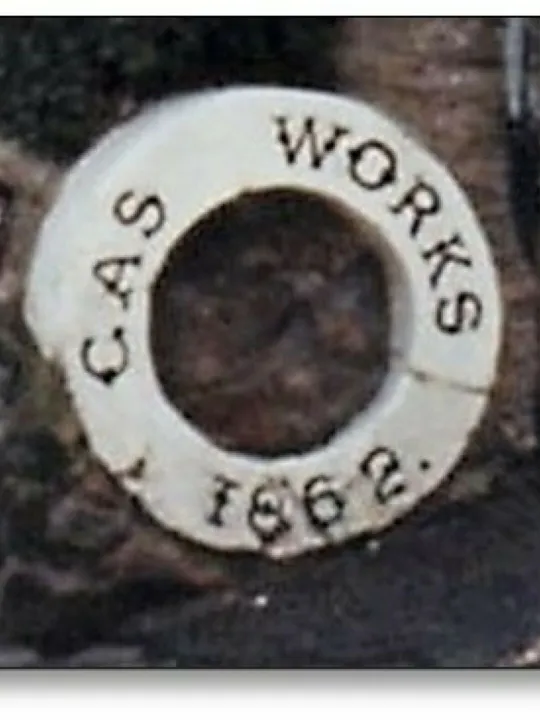Malpas Gas Company
Malpas Gas Company
In February 1862 a consortium of nine Malpas men met to form what was to become known eventually as the Malpas Gas Company Limited.
It is as a long-term result of this meeting that Malpas today still enjoys the benefits of a piped gas supply, while none of the surrounding villages have a connection to the mains.
The gas produced was coal gas.
Presumably the consumers of the first gas supply were householders, using the fuel to light their houses.
In 1865 the ratepayers agreed to use gas to light the streets.
Following on from this the 1887 annual report showed that that the Malpas Gas Works returned a nice profit for its shareholders.
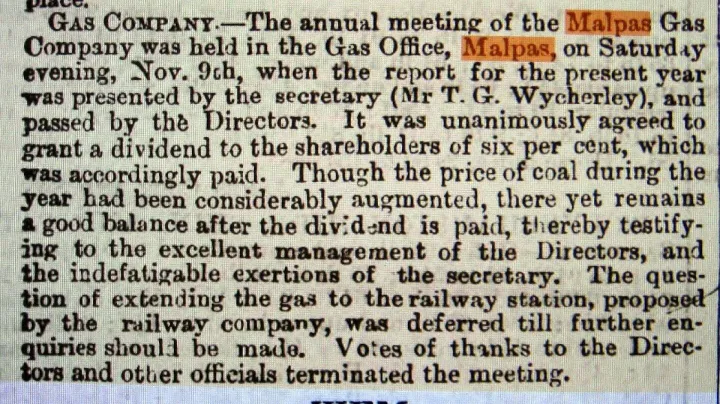
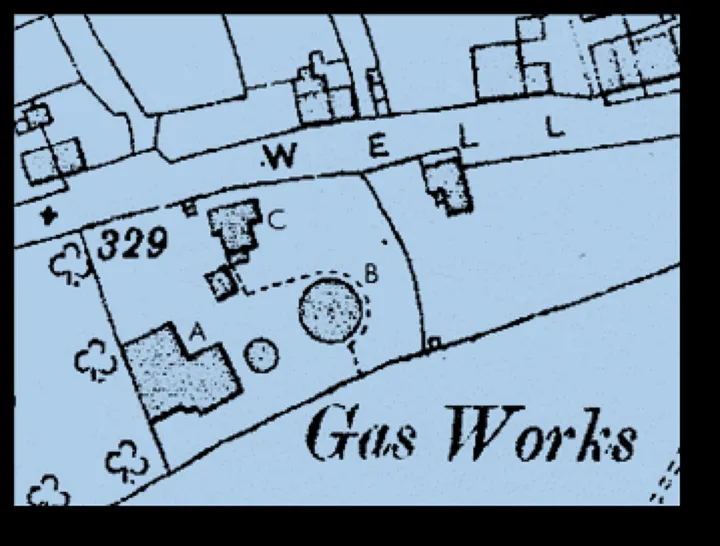
By 1936 there were over 1,200 gas companies across the country, varying greatly in size, organisation and mode of operation.
During the 1930s there had been a growth in the number of 'gas holding companies', which sought to take over the independent companies by purchasing their shares.
In 1936 a consortium of eight members, which included five London-based business men, persuaded the Malpas shareholders to sell them all of their 1,650 shares and the majority of the shares (1,240) were sold to one corporate bidder, the Seven Valley Gas Corporation Limited.
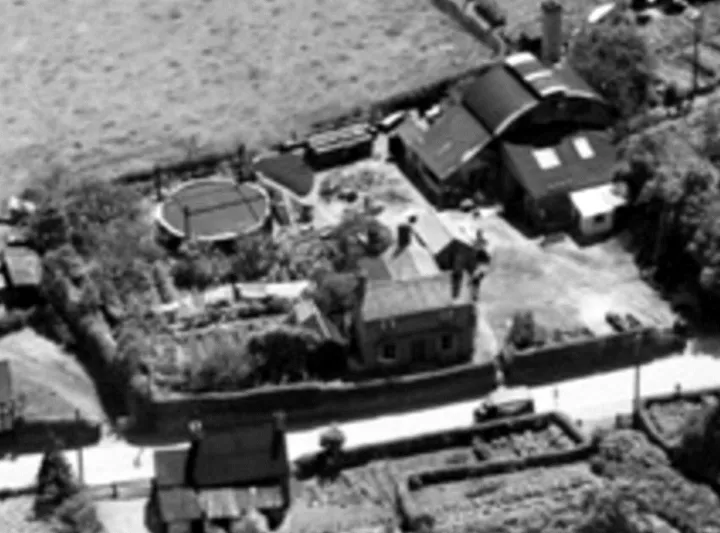
The company received a boost to its business in 1947 when it was decided to equip the houses on the new Springfield housing estate with gas cookers.
The end of Malpas as a privately owned company came about as a result of the 1948 Gas Act which led to the nationalisation of the gas industry and from 1949 the Malpas gas works came first under the control of the newly formed North Western Gas Board then, after the return to privatisation of the gas industry in 1986, it became an asset of British Gas plc.
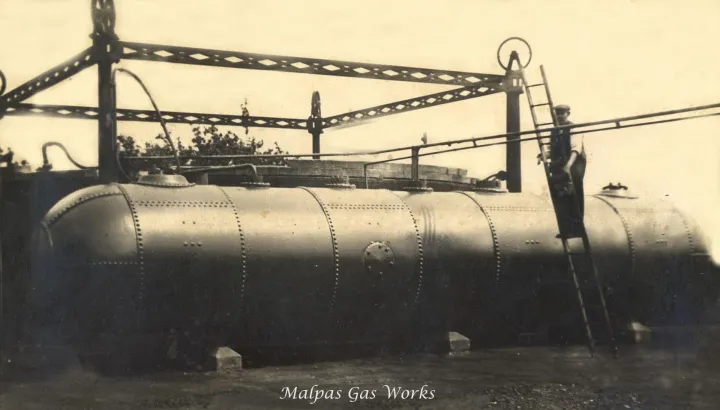
The most significant change in local gas supply came about in September 1969 when Malpas, as part of a nation-wide programme, was connected to the natural (North Sea) gas supply.
The Malpas gas works in Well Street continued to produce gas until 19??, then stayed in use as a distribution point for gas coming from Whitchurch.
They finally closed in 19?? and the gas works manager's house, along with the few remaining remnants of the gas works, were demolished in 2003.
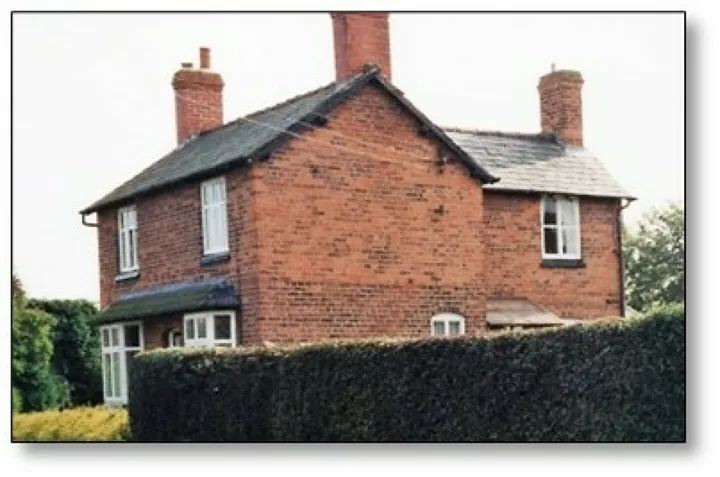
The housing development known as St George's Rise was built soon afterwards.
During the Second World War Mrs Amelia Crowther, the gas works manager's wife, was the first County Secretary for the Cheshire Federation of Women's Institutes and one of the gas works outbuildings was the first County WI Office – a little-known fact!
Article research by David Hayns and edited and published in December 2024 by Chris Whitehurst
Quick Links
Village Map
Get In Touch
MalpasOnline is powered by our active community.
Please send us your news and views using the button below:

